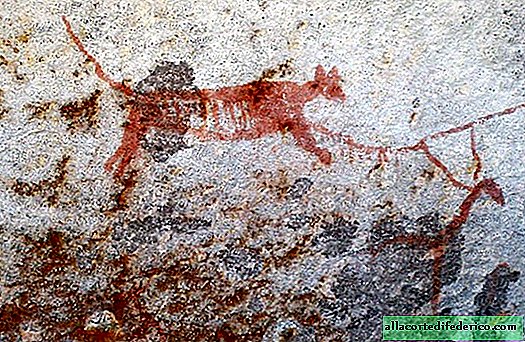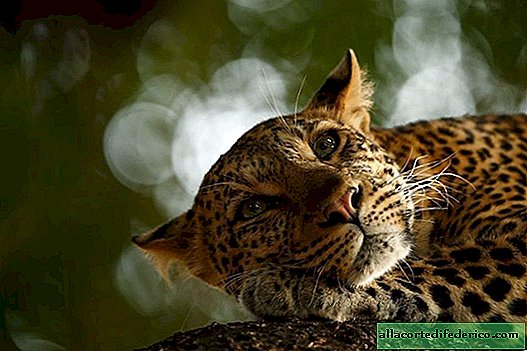How marsupial lions hunted
Imagine that in the cartoon "The Lion King", before showing the heir to the throne, Simba, they would have pulled him out of the bag of a lioness mother. But this could very well have happened; still remain a marsupial lion as a species. However, marsupial mammals are not very lucky at all, not so many have survived. Despite the fact that they often possessed unique properties. For example, the same marsupial lions hunted like no living creature does today.
Atypical lion
The marsupial lion, or Thylacoleo carnifex, was probably the largest carnivorous marsupial ever living on the planet. Judging by the fossils, it appeared about 2.5 million years ago and disappeared only in the last several tens of thousands of years. Thus, these animals clearly met with the first people, about which, by the way, documented facts remained: ancient Australians often depicted marsupial lions in early cave paintings. Most likely, they were a bit of a warning sign: “Caution, there are lions.”

And the ancient Australians can be understood. The marsupial lion is truly a formidable animal. It was the size of a modern lioness and had huge crushing jaws. However, the similarity with modern cats ends here: Thylacoleo's teeth were blunt, and the forelimbs are much stronger than any modern feline. Moreover, they, apparently, were not very fast. How did they hunt then? The teeth are stupid, the paws albeit strong, but slow ... The answer lies in the terrible long claws, bent in the opposite direction - one on each paw.

This "design" of the paws completely changes the technology of hunting, scientists say. While modern cats hold their prey in place with their claws, killing it with powerful jaws, marsupial lions did the opposite. They grabbed the victim with their jaws and did not let them go, while at the same time tearing it with huge claws. This behavior is also indicated by the special structure of the elbow joint of an ancient animal.
Deadly claw
The elbow joints in mammals play an important role and developed depending on what type of movement was preferred for them. In animals that run normally (for example, dogs), the elbow joint allows you to move back and forth. And in monkeys and other animals climbing trees, the elbow joint has become more fixed, but it can rotate around its axis.

What about cats? Modern cat forepaws grab prey, so the joints should rotate a bit. At the same time, cats move on four legs, so the joints have a hybrid shape.
If the marsupial lion hunted, like its modern placental relatives, it should have had the same elbow joint. Instead, the animal’s joints rotated, like among fans of climbing trees, but at the same time could move back and forth. This movement was necessary for them to masterfully wield the same claw.
In general, it’s a pity, of course, that marsupial lions can only be seen on cave paintings today. But on the other hand, it’s better to read about such inventive hunters on blogs, rather than meeting them in life.

















